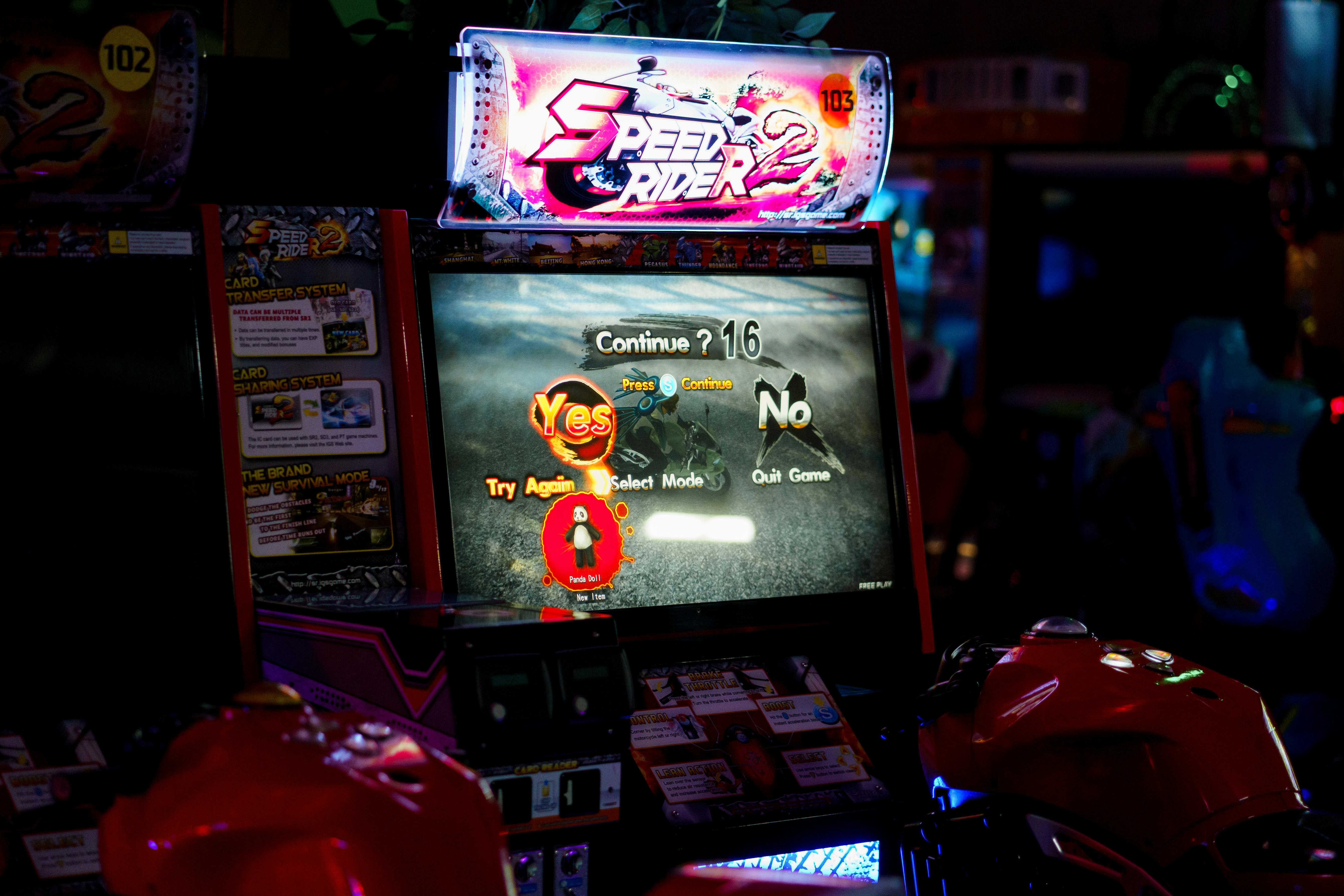Procedural Generation: Shaping the Future of Game Design
From the sprawling landscapes of Minecraft to the infinite cosmos of No Man's Sky, procedural generation has been a game-changer in the gaming industry. This technology, which involves using algorithms to create vast and varied content, has been embraced by both AAA and indie developers alike. In this article, we delve into the rich history of procedural generation, explore its current applications, and envision what the future holds.

The Genesis of Procedural Generation
Procedural generation’s origins can be traced back to the 1980s, with games like Elite and Rogue employing rudimentary versions of the technology. These early adopters used procedural generation out of necessity - the limited storage capacity of the hardware of the time made it impossible to manually design extensive game worlds. Procedural generation allowed these games to offer vast, complex environments that were completely unique with each playthrough.
Procedural Generation Today: More than Randomness
Fast forward to the present, and procedural generation has evolved dramatically. The technology has moved beyond simply creating random content and now boasts the ability to produce intricate, well-structured game worlds. Games like Spelunky and the aforementioned Minecraft utilize procedural generation to provide players with a fresh experience every time they play.
Meanwhile, titles like No Man’s Sky and Elite Dangerous use procedural generation to portray a universe of staggering scale. Yet, procedural generation isn’t just about size or randomness—it’s also about creating meaningful, engaging content. Developers are now exploring ways to imbue procedurally generated worlds with rich narratives and intricate gameplay mechanics.
The Cultural Impact: Player Reception and Significance
Procedural generation’s impact on the gaming culture is profound. It has fundamentally shifted the way games are played, offering endless replayability and a sense of discovery. Moreover, it has spawned entire communities of players who explore and share their unique virtual worlds. Procedurally generated games have also inspired a new wave of streamers and YouTubers who provide endless hours of content to their viewers.
However, the reception isn’t entirely positive. Some players argue that procedurally generated worlds often lack the handcrafted detail and narrative depth found in manually designed games. This dichotomy between quantity and quality is a key challenge that the industry must address as it continues to explore the potential of procedural generation.
The Future: Crafting Worlds with Algorithms
Looking ahead, procedural generation stands poised to play an even greater role in game design. With advancements in machine learning and artificial intelligence, developers could potentially create algorithms capable of crafting detailed, dynamic worlds complete with compelling stories and characters. Imagine a game where every NPC, quest, and location is entirely unique, yet fits seamlessly within the game’s overarching narrative.
The Potential and Challenges
Procedural generation offers enormous potential for the gaming industry, allowing developers to craft vast, varied, and dynamic game worlds. However, it also presents unique challenges. Striking a balance between the vastness of procedurally generated content and the depth of handcrafted design is a key hurdle. Moreover, procedural generation’s impact on narrative-driven games remains largely unexplored.
In conclusion, procedural generation is a transformative technology that is reshaping the gaming landscape. Its potential is immense, but so are the challenges it presents. As we look towards the future, it is clear that procedural generation will continue to be a significant influence in game design, pushing the boundaries of what is possible in interactive entertainment.




